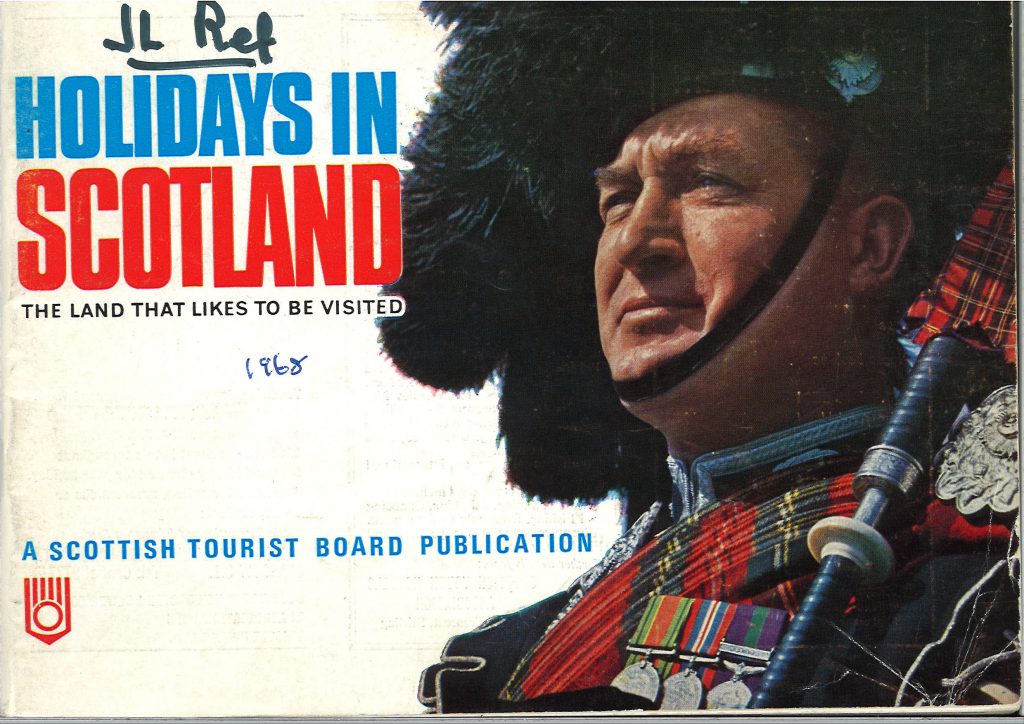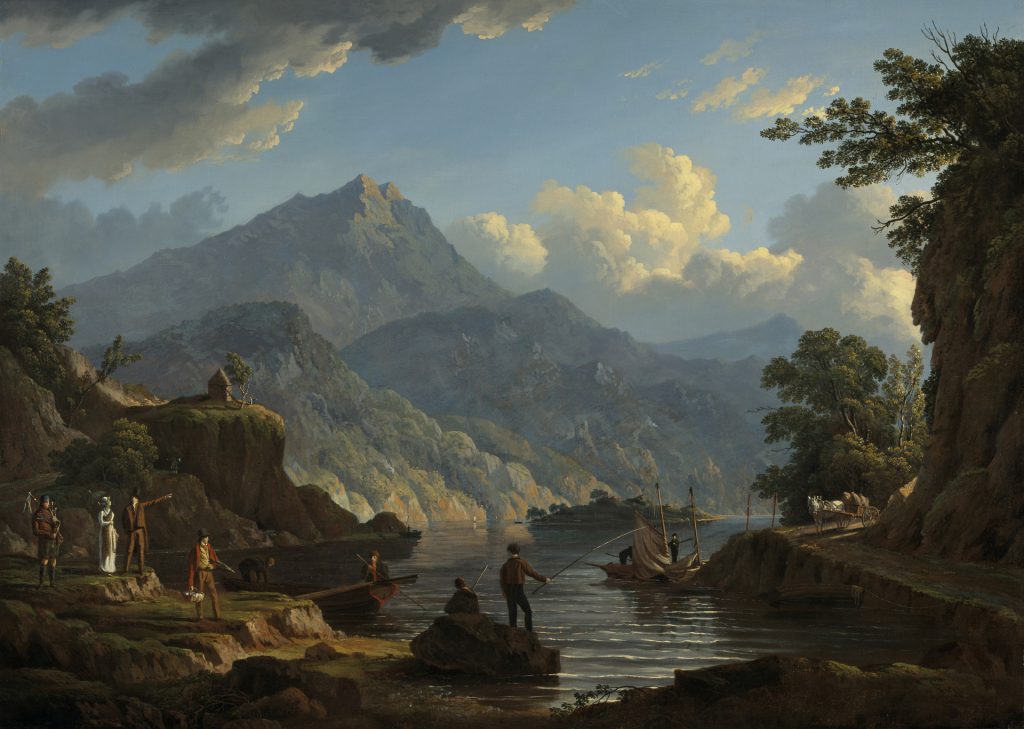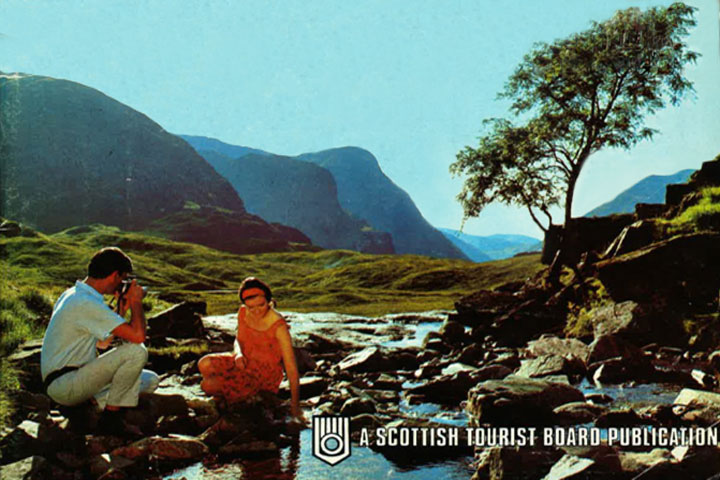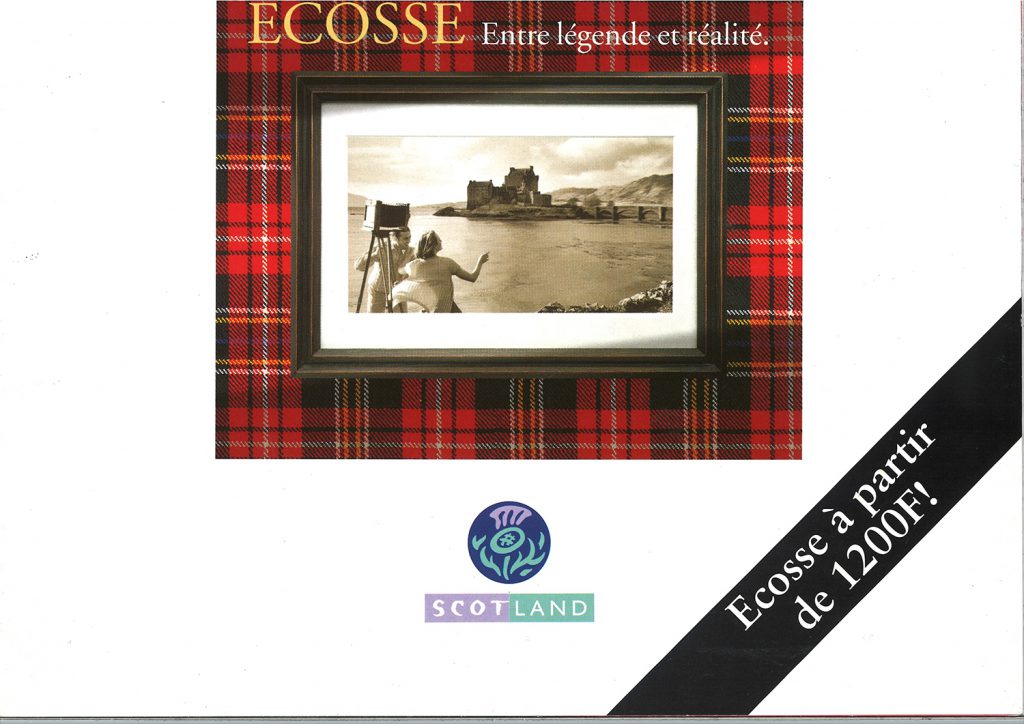From Sir Walter Scott and Loch Katrine to Doune Castle and Outlander, Scotland has become a tourism giant over the centuries.
And the National Museum of Scotland’s latest incredible exhibition Wild and Majestic: Romantic Visions of Scotland reveals that the world’s love affair with our country has some interesting origins.
At VisitScotland, we are celebrating our own beginnings this year with the 50th anniversary of the national tourism organisation on 25 July. There has been a Scottish Tourist Board (STB) in Scotland since 1946 but it wasn’t until the Development of the Tourism Act 1969 was passed that an official board with statutory powers was set up.

The exhibition establishes that tourists were first drawn to Scotland thanks to the locations depicted in romantic paintings, prints and literature. Evidence and artefacts curated by the museum from the 18th and 19th centuries show that our dramatic scenery and places of solitude brought people to our shores and the rapid expansion of railways made it easier for visitors to experience Scotland in real life.

The exhibition also focuses on how tartan, bagpipes and rugged, wild landscapes became established as enduring, internationally recognised symbols of Scottish identity and how Scotland captivated the popular imagination as a land of wilderness, heroism and history.
These symbols of Scotland can be found in some of VisitScotland’s earliest marketing. Images of pipers, swatches of tartan and stunning scenery were often used for brochures, posters and signs. Homage was paid to Sir Walter Scott and the part he played in placing Scotland on the world stage with one of the STB’s first campaigns. We marked the bi-centenary of the acclaimed writer’s birth in 1970 with special publications produced, including 20,000 French brochures, and signposts featuring Scott’s motif were erected.

The show spans the period from the final defeat of the Jacobites at the Battle of Culloden in 1746 to the death of Queen Victoria in 1901. While quite beyond our own 50-year history, VisitScotland has continued to capitalise on well-known Scottish tropes throughout the years and made sure to highlight that there is so much more to Scotland.
In the 1980s the colourful “Scotland’s For Me” campaign was launched to the world. Though it did feature Dallas actor Larry Hagman endorsing Scotland’s “finest tweeds and tartans” on TV, it also had golf legend Jack Nicklaus championing the Home of Golf and comedian Rod Hull, along with his trusty puppet Emu, heading “over the rainbow” for a holiday in Scotland.
Later in 1994, it was decided that French visitors would react to a romantic depiction of Scotland along with the tag line “Ecosse. Entre légende de réalité (Scotland. Between legend and reality), proving that the centuries-old Scottish romanticism was still in vogue. The resonance of Scottish symbols like tartan was expanded upon (however historically inaccurately or accurately) by Hollywood movies like Braveheart and Rob Roy in the 1990s and this has been continued with the likes of hit TV show Outlander, and more recent films, Outlaw King and Mary Queen of Scots.

It is exciting to learn about how Scotland’s relationship with the European Romantic movement transformed external perceptions of the Highlands. It was central to the birth of tourism in Scotland and the exhibition provides VisitScotland with even further insight into the origins of what we do.
Wild and Majestic: Romantic Visions of Scotland is on at the National Museum of Scotland until 10 November 2019. Find out more and book tickets at www.nms.ac.uk/wildandmajestic.
